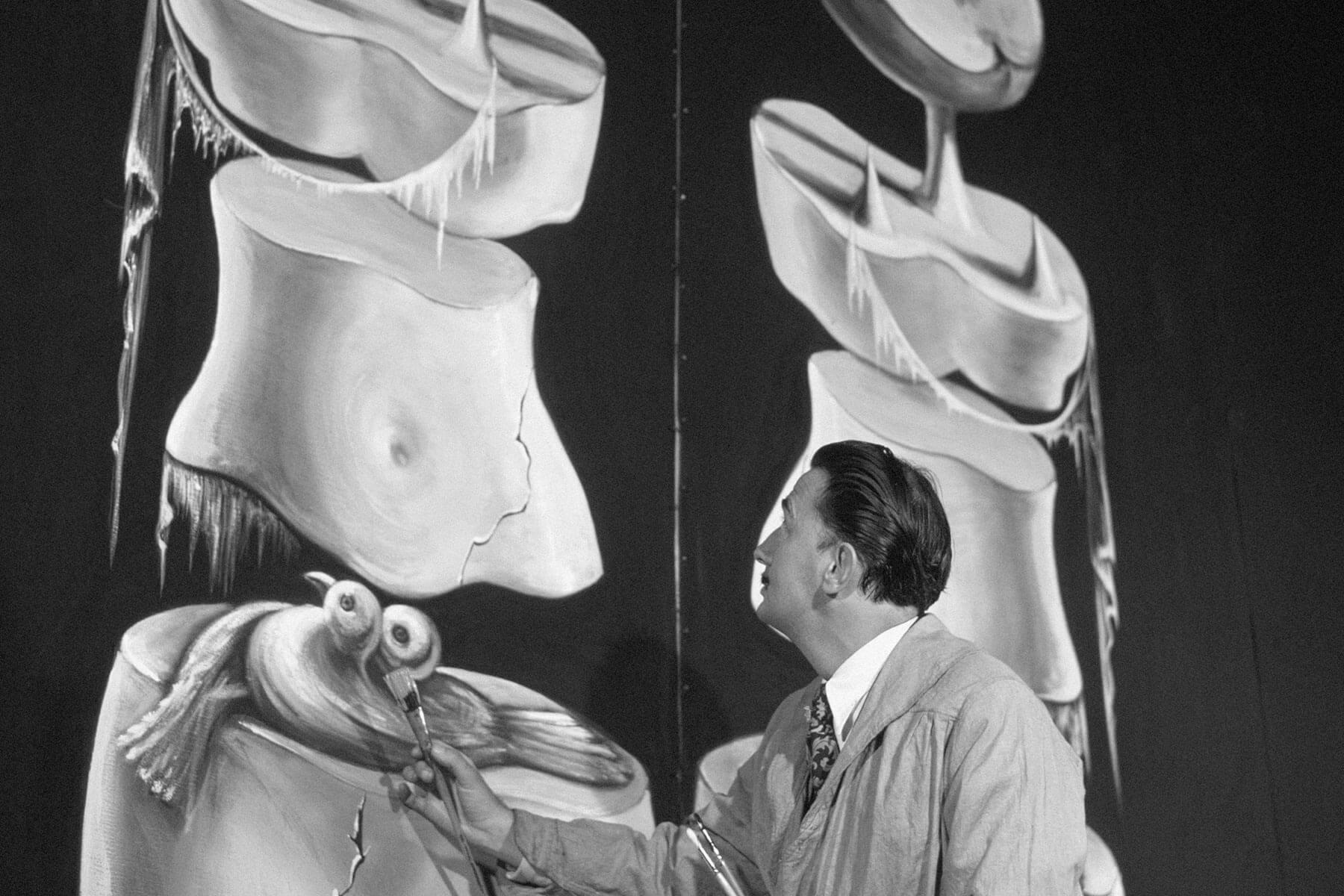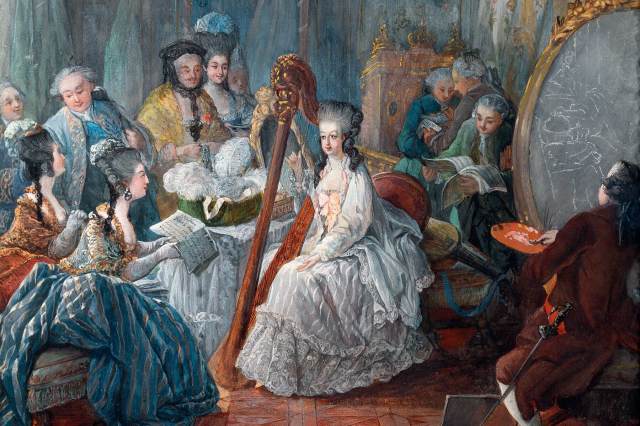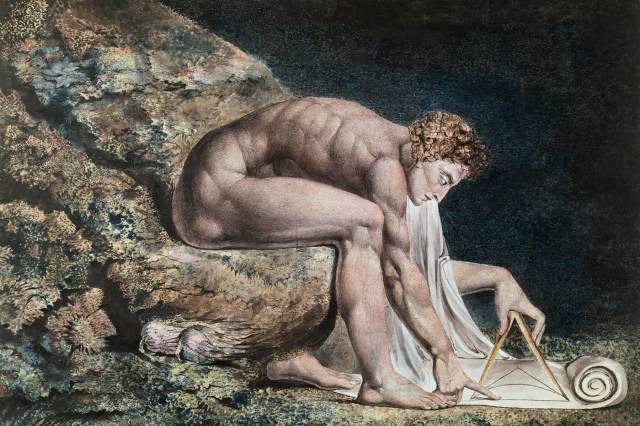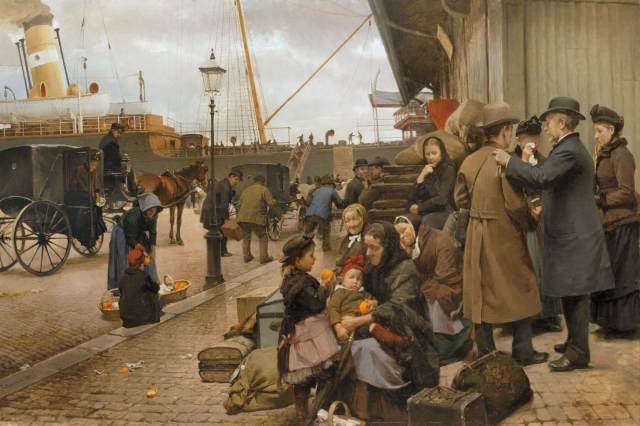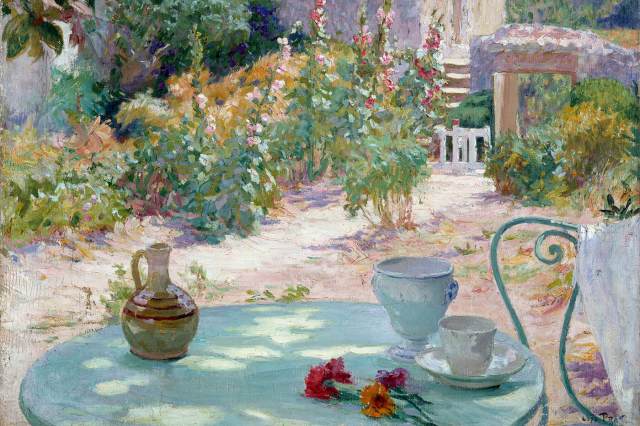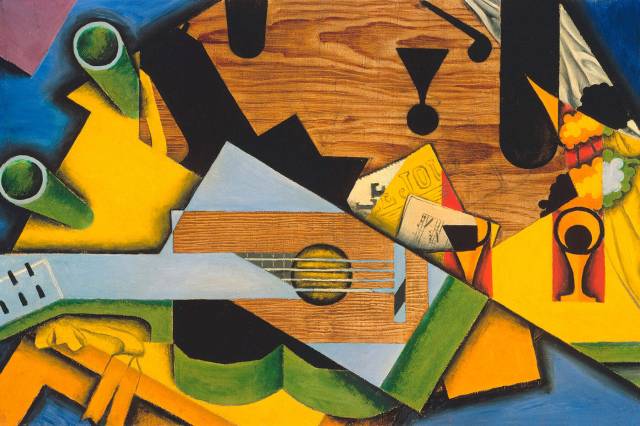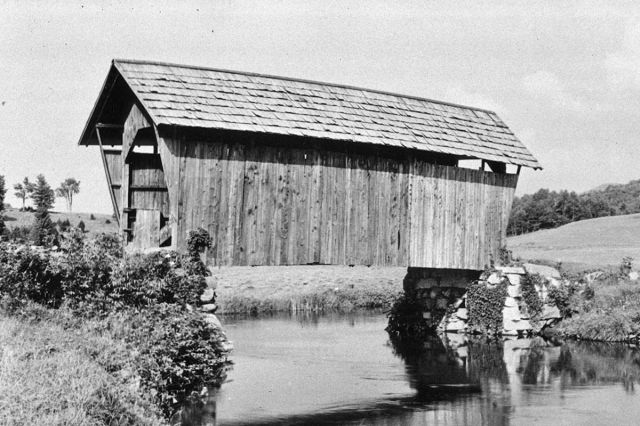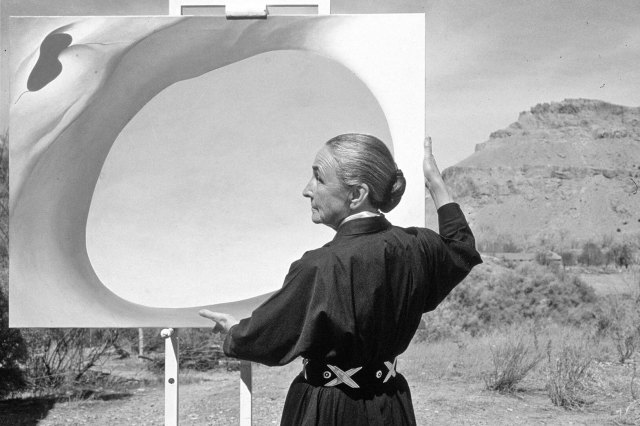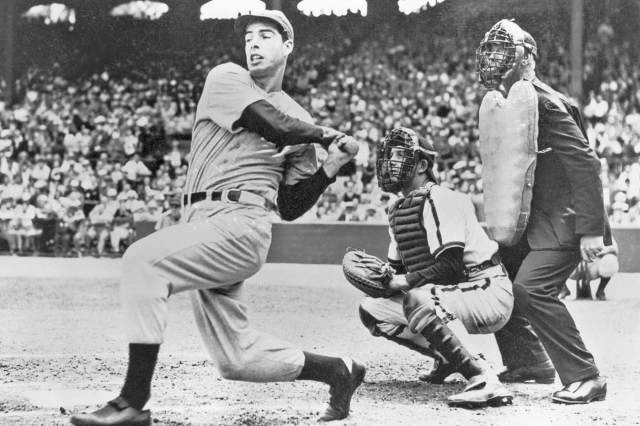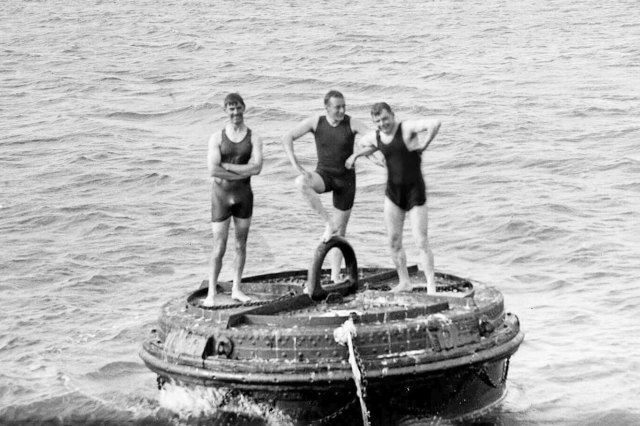9 Art Movements Everyone Should Know
Around 45,500 years ago, one of our ancient ancestors stood in a cave in a remote valley enclosed by sheer limestone cliffs, in what is now Indonesia. This primate, likely a Homo sapiens just like us, held in their hands some kind of dark red ochre pigment, and stood in front of a bare rock wall. At some point, they reached out to the wall and began to draw a life-sized picture of a wild pig. In doing so, they created what is currently the world’s oldest known cave painting. They created art.
All over the world, archaeologists have discovered prehistoric images painted, drawn, or carved onto rocks and cave walls. It seems that we — as humans — have long been inspired to create art, whether for purely aesthetic reasons or as a form of communication. And as we progressed from prehistory to antiquity to the medieval period and beyond, new techniques and, more importantly, whole new ways of looking at the world gave rise to different artistic movements.
Here are some of the most important movements in the history of Western visual art, from the Renaissance period to the surrealism and pop art of the modern era.
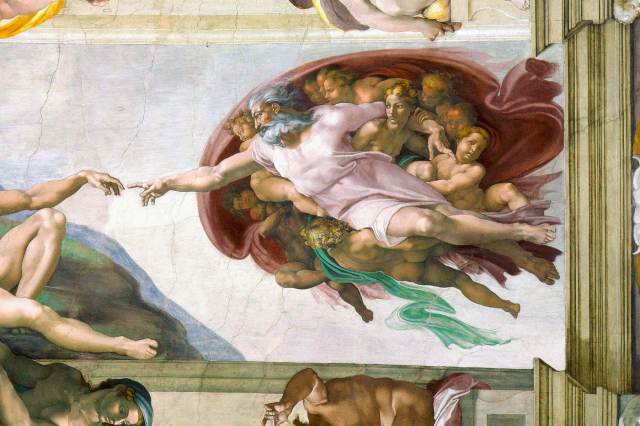
14th Century to 16th Century: Renaissance Art
Renaissance art takes its name from the period of European history known as the Renaissance, which began in Italy at the end of the 14th century and soon spread to much of Europe. This period saw a rediscovery of classical art and culture, leading to a move away from the abstract forms of the medieval period, toward more realistic and naturalistic representations of life and people. Its peak, known as the High Renaissance, was a short period from about 1500 to 1530, defined by great artists such as Michelangelo, Leonardo, and Raphael.
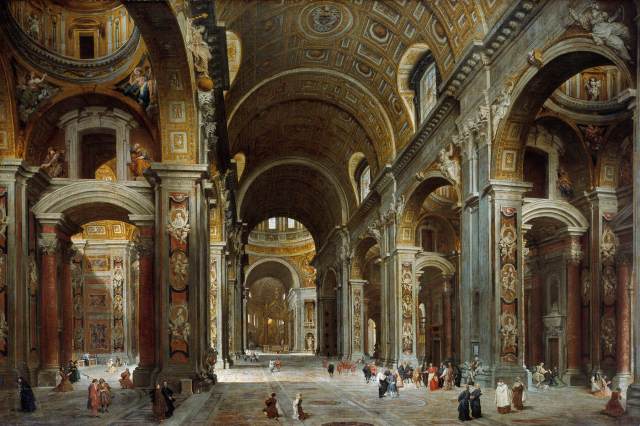
1600s to 1750s: Baroque
The next major art movement emerged in Italy around 1600 and flourished in Europe until the 1750s. Highly ornate, elaborate, and dynamic, Baroque took a realistic approach in its depictions — which included religious events, pivotal moments in history, still lifes, and mythological scenes — giving the viewer a sense of immediacy and the impression of witnessing an actual event. The greatest painters of the Baroque period include the famed Dutch painter Rembrandt, as well as Peter Paul Rubens, Michelangelo Merisi da Caravaggio, Diego Velázquez, and Nicolas Poussin.





